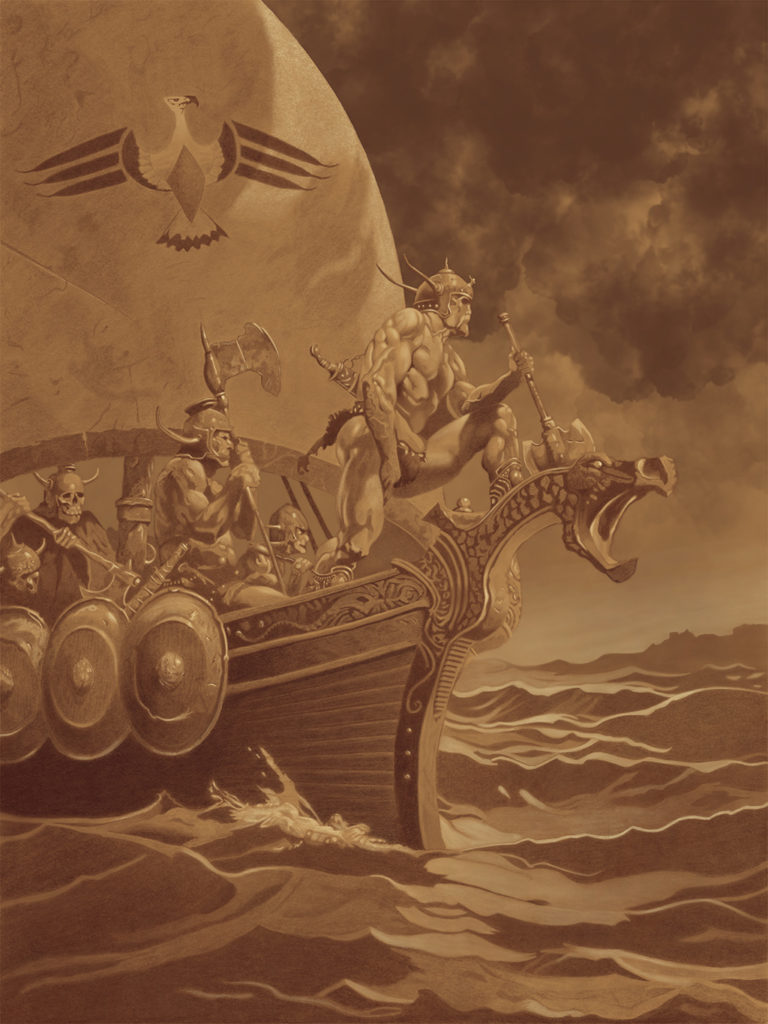Book Review: “My Life WIth The Chord Chemist”. When it comes to Guitar Teachers, there is one name that shines above the rest, and that would be Ted Greene. Although a legend for his mastery of the instrument, little is known of his personal life. This book, written by his girlfriend, Barbara Franklin, changes that.
Table of Contents
Overview
The 258 page book covers a fairly wide range of subject matter, but primarily focuses on Greene’s background and his relationship with Barbara Franklin. This makes sense, since it is written primarily from Franklin’s perspective about her relationship to her once teacher and then boyfriend.
The book is divided into four parts. Part One focuses on “The Early Years”. Part Two on a “A Rekindling of Interest and an Explosion of Ideas”. Part Three “My Life With The Chord Chemist”. Part Three is further broken down into six chapters. Part Four features “In Ted’s Own Words”.
There is a nine page black and white photo section towards the back of the book that features photos of Ted when he was a youngster up to adulthood. Also included are several photos of his apartment filled with a “legendary” assortment of items piled up everywhere. I loved the inclusion of a 1999 photo of Ted with George Van Eps where he has a beaming smile with an obvious respect for his teacher.
The back of the book features an Appendix that lists all of Music Studies, listed chronologically from 1967-2001, as well as being arranged by category. Be sure to check these out online at: www.tedgreene.com
Part One: “The Early Years”
This section gives some backstory on how Theodore Howell Greene grew up to be the best guitar teacher in the world.
One of the things of note right from the start is that Ted had a “dark side” to him and was prone to violent outbursts, which he had to learn to control. This was an important signpost for me when I first read it, as it is a somewhat common characteristic of someone with some level of autism, since I had long suspected that Ted was autistic. He also had an IQ of 160.
It is also revealed that Ted started playing at 11, but didn’t feel like he could make sense of the guitar until he was 19. However, he had a strong ear and was able to develop perfect relative pitch. To do this he would hum/sing “E” over and over until it was so ingrained in his mind that he would be able to hear it in any setting and figure out any other pitch by its relationship to “E”.
An important thing to note, especially for teachers when confronted with the scenario, Ted was born left handed and decided to play the guitar “right handed”, as his strong hand (left) would be on the fingerboard. This is something I always try to get a beginner lefty to do, as not only is their strong hand being used for playing chords and such, but it is also easier to purchase guitars in the future.
We also get to see when Ted started to teach guitar and take a position at “Ernie Ball Guitars” as an instructor, as well as his continuing growth in stature playing in R&B and Rock bands. Ted’s teaching material was then parlayed into writing his first book, the legendary, “Chord Chemistry”. Not surprisingly this book announced to the world that Ted Greene had arrived upon the scene.
There is also a mention of him studying with George Van Eps for eight weeks. However, it is not stated if this was eight lessons or many lessons over the period of eight weeks. Either way, Ted was now moving into the realm of playing primarily with his fingers.
Another important aspect of this section is that we begin to see that Ted tends to write down everything, whether it is music or a personal thought, and this will be an important element for the rest of the book, as Barbara herself also kept a journal and we are able to compare what Ted thought about a situation, to that of what Barbara had written herself. It is from these musings that we are able to get a very personal insight into the inner thoughts of Ted Greene.
This section also introduces us to Ted’s baseball card collecting as a hobby and how this would be another obsession of sorts for him, further showing how he could devote himself fully to something.
Part Two: “A Rekindling of Interest and an Explosion of Ideas” (1984-1992)
This is a very short section that mainly deals with his clarifying his Cumulative Chord Studies and Harmonic Vocabulary for his students, while at the same time working on “double line textures”. As with other sections of the book, there are various examples of this in Ted’s own hand writing. It is fascinating to see how break these ideas down and how meticulous he could be in spelling out all of the possibilities.
Part Three: “My Life With the Chord Chemist”
This is the main bulk of the book. It is primarily about Barbara Franklin’s relationship with Ted and is a memoir that reveals much about Ted Greene the person, as well as Greene the guitarist.
This part is made up of six chapters:
Chapter 1 “The Extraordinary and the Complex”
Chapter 2 “Learning: Trust – Compromise – Reciprocation”
Chapter 3 “Love and Growth”
Chapter 4 “Sharing a Home”
Chapter 5 “Facing New Obstacles – Life Lessons”
Chapter 6 “Prelude: What Fate Had Waiting”
Although these chapters delve mainly into the relationship between Ted and Barbara, mainly from Barbara’s perspective, it does contain a lot of information about Ted and his guitar playing. Like Ted, Barbara also kept a journal and we are treated to “dueling journals” on specific events, which provides a fascinating insight into Ted’s thoughts and feelings. We also get to see Ted’s interest in sports and how they would just hang out and watch basketball and baseball games.
And while there is a great range of emotional content, there is one disturbing situation that bears notice. Ted was a very trusting individual who saw the best in people and was always looking for a way to help another person. Not surprisingly there would be those who would take advantage of his kindness.
There was a situation in which Ted wound up giving half of what he earned to some “homeless” women, and this was when he was just squeaking by. This continued when they moved out of town and Ted would deposit money in their local account. He eventually figured things out, but this was only after a good amount of time (and money!) had passed.
Another insight into Ted’s work ethic was that he would carry a supermarket bag filled with material that he would work on at gatherings and such.
He also had strange sleeping habits. He would only sleep on the floor with his clothes on. He also needed two lights on, just in case one of them burned out. All of the strange idiosyncratic mannerisms of his life further cast light on his Aspergers/Autism, which for many would be considered a “disability”, but, Ted turned it into a mechanism to delve into the depths of what music/harmony had to offer.
The Chapters in these sections also feel a bit padded. There is a ton of coverage of the Los Angeles Lakers games and while it appears to be an important part of their lives, I’m not sure that we needed to have that much space devoted to it.
Part Four: “In Ted’s Own Words”
This section, as well as the first, provides the most information about Ted. This is an interview that is basically Ted interviewing Ted and it is great He felt that he would be the only one who would be able to ask the “right” questions, so we are treated with an extensive interview in which there is no silly questions asked by the interviewer and everything is exactly as Ted was wanting it to be. Profound insights into both the questions asked and the answers given.
Summary
For those looking for an insight into the genius of Ted Greene, this book will provide you with many examples of what made Ted, Ted. In my opinion there has never been a greater teacher for guitar and certainly no one has gone into the depth of guitar harmony deeper than him.
The book provides a wide range of topics, both personal, as well as musical, that molded him as a player and human being. This is an important note, as the human side of him, his kindness, his autism etc. deeply shaped his musical pursuits, as well as his teaching. Ted was clearly one of a kind and it is unlikely that we will see another like him in our lifetime.
It was great to see players such as George Van Eps and Lenny Breau mentioned numerous times throughout the book. In my mind, those three (Ted, Van Eps and Breau) are the “holy trinity” of guitar harmony. Young players would be wise to seek out the books and recordings by these players. It was clear that Ted had great respect for the two of them as players and it was also clear that they had a deep respect for him as well.
Although the book is clearly written from Barbara Franklin’s perspective, it does reveal a lot about Ted Greene the player, teacher and writer. I felt that her focus on the Los Angeles Lakers etc. was somewhat interesting, but it felt like “filler” at times, as there was not a whole lot of insights being provided, in comparison to the amount of times they were talked about. But then again, this is her perspective and felt that those moments were pertinent.
Overall this is an excellent book to get a better understanding of what made Ted “tick”, and provides intimate knowledge that only someone in a relationship with him could provide. The numerous examples throughout the book are a highlight, as they were written in Ted’s hand and you could see how he would approach his studies. I can’t help but think what his books that he was planning would have been like. Truly a master, that is sorely missed…
HIGHLY RECOMMENDED
My Life With The Chord Chemist by Barbara Franklin
Final Words
Sadly, I’ve been very busy as of late, so it’s been a while since I’ve posted. Hopefully I will get back on a more “regular” schedule. As always, I’d like to take a moment to thank everyone who has purchased my book! I appreciate your interest and support!
I’ve again enclosed a recent master study drawing that I did of a Frank Frazetta painting, “Kane on the Golden Sea”, using Procreate on an iPad Pro, with an Apple Pencil 2.






0 Comments